Walking along the winding streets of Montreuil, it may be easy to miss the workshop and office of interior architecture powerhouse Ciguë hidden among the narrow industrial buildings. With an impressive portfolio of domestic and foreign projects for clientele such as Isabel Marant and Aesop, Ciguë is eagerly sought out for their distinctive creativity in transforming unassuming materials into unexpected tableaus. Their success was formed from humble beginnings. In an interview conducted by Eveline Lam, a master’s student at the UW School of Architecture, Alphonse Sarthout sheds some light on how the firm came to be started while the founders were still in architecture school and how their unique methodology and collaboration with artisans contributed to the success of their agency.
EL: What was one of the unexpected obstacles in starting the agency?
AS: We started the agency while we were still in architecture school, in the beginning of the third year. So that was an unexpected obstacle, as usually you get your diploma before you start a firm. For us, a firm became a necessity because we already had a project lined up, which was designing and building furniture for an advertising company.
Through the completion of this project, we came to learn the workings of an agency and solved all the issues as they came up. Despite investing a bit of money to start the company, we weren’t expecting to make a profit. We were still students, so we could really focus on the project and finance became a secondary subject. This is the difference from when you get a diploma and start working – you expect to get paid.
EL: And how did you find this first project?
AS: Camille and Guillem had their internship at a French architect’s office – an architect called Edouard Francois. As it turns out, they were already designing and building furniture at his firm and once he saw how talented they were, he offered us this project from one of his clients. Other projects started coming in too, from friends and networking. Everyone is always looking for cheap designers too, so they tend to approach students who want the experience. Some of our first projects involved designing apartments and furniture for young couples who wanted a custom interior rather than going to IKEA, but still for the same price!
EL: Hugo (Haas, one of the founders) also mentioned that Ciguë is usually approached by the clients instead of searching for projects?
AS: Yes, we never search for projects. When we first started out, we didn’t realize there was a market for the type of work we do. We just decided early on that this is what we’re fascinated by, this is what we want to do, and by producing work that interested us, people responded quite well.
The issue with designing apartments or houses is that even though we spend so much time designing, the client’s budget rarely accounts for the amount of work we do. And most clients will always more easily invest money in a sofa than in architectural drawings. So by designing and building interiors and furniture, this type of project became financially beneficial both for us and the client, without sacrificing quality and authenticity.
EL: The projects are also very well-known for the use of common materials in unexpected ways.
AS: We started out simply with materials that we could find, including the ones that were left on the street. In the beginning, this was to due the lack of money but we soon realized that these materials had a strong character and history compared to the slick and perfectly finished materials that you would find in catalogues. In the process, some of the first materials we used were wood pallets that large companies had reclaimed and were selling at very low prices.
EL: What is it about materiality that makes it significant to you?
AS: When you have a piece of oak, do you know where the wood came from? We started making trips to the lumber mill, amazing places where you can see the materiality in its rawest expression. When you look at catalogues of materials, everything has been classified and polished and transformed maybe twenty times over. Once you understand the origin of the material, then the catalogues become more useful because the manufacturing process behind each product becomes clear. It is important to be active, and not merely accept what is offered.
When we are buildings things and in touch with the materials, we develop a sense of how good wood should feel or smell. This is a skill that you don’t develop when you’re just drawing a line on a piece of paper indicating that it is metal or wood. It was something that we found was lacking in architecture school because everything was just lines on paper, and we discovered that the more you build, the more you learn, and the more you can think of ways to use or transform materials. Most architects know how to put space together, but they are often lacking this connection with material.
The reality is that now we have so many possibilities – technologically, plastically, aesthetically – that we don’t have limits anymore. But when you have too many choices you can get lost and forget the essence of your project. For us, in the works we design, the aesthetic is a result and not a subject in itself; the result of the combination of all the parameters and ingredients you choose for your project. And materiality is one of the most important factors for us, rather than form.
The issue today is that the construction economy is essentially based on the value of industrial and standardized materials. As soon as you try work outside of that system, the budget explodes. As a result, some of our projects are, in a sense, niche projects and our clients are ready to invest more in developing a material or in implementation which only certain specialized artisans know how to use. The people who are attuned to the qualities of the material, and have great passion and who are so committed to the project are often willing to cut their prices in half!
Mass-produced materials, however, are not necessarily bad. We use many standard materials, and it all depends on their level of transformation and the manner in which we use and combine them. The work of OMA is remarkable in that sense, because they have found a Brutalist style and a method of expressing the language of the ‘super-industrial’ era.
EL: Would you say that being in Montreuil was an important part of starting your firm and getting a foothold in the industry?
AS: We actually started in Paris, and the most important thing to us as a firm was having our own space. I think it was particular to our school in Paris, la Villette, because a lot of the spaces were overcrowded so it was impossible to start our own projects there. We had to find our own place, and we eventually found a workshop to share with a graphic designer and a painter. There, we could work and make noise. Afterwards, when we moved out of Paris to Romainville and then Montreuil. In the first space, we only had the workshop with a table and our laptops, and in Montreuil we acquired the workshop as well as an office. Also, early on, we invested our money in buying tools. When we received money from projects, the first things we did was buy tools. Later on, we started purchasing computers, although we worked with our old laptops for the first five years.
EL: Even now though, the workshop seems like an integral part of your workflow. Prototypes still seem to be very important in every project.
AS: Yes, in the beginning we did all the work for the furniture in the workshop. But with the multiplicity of projects coming through the years, the company grew a lot, so we decided to slow down the expansion of the workshop to focus more on the design and the production of prototypes. After 10 years, we just realized that it’s not so important for us to produce all the furniture but it was more effective to use prototypes as a method of engaging with the client. We would arrive at a client meeting with a hand sketch and a prototype or piece of material; this, we found was stronger, the most efficient and relevant way of communicating our concept. You can make a plan lie, you can cheat with an image, but not with a material sample. We usually like to present a sketch to our client to stimulate the imagination and to balance this with a real, concrete object.
EL: I will definitely keep that in mind.
AS: Really, it’s true. Then you don’t lose so much time. It really helps you to define things. In the classical process, first you draw a sketch, then make a 3D model, and finally once you get to the physical model you say, “okay, what’s going to be the material?” But if you start by deciding that the project is going to be made of wood then the structure and the atmosphere of the project are already somewhat defined in the beginning. Oftentimes the project just follows the material.
If you think about the design process in general, instead of saying that it is a line and you start from here and you end there, rather we pick two starting points and make them meet somewhere in the middle. In the end it goes much faster because you can make leaps and jumps towards a known point.
EL: As we mentioned, it’s not possible for Ciguë to produce all the work and furniture that goes into the projects. So when you collaborate, how do you find artisans and do they have to be a specific kind of person?
AS: Yes, they have to be partners. Even though we cannot afford to hire 30 artisans to work in our workshop, in the end the relationship has to be the same. We ourselves learned by building. Back in the classical approach, you may have a design and the contractor may assure you that he understands your intention, but when you see the final product it turns out that he actually didn’t construct the detail properly. On the other hand, when you start off in the workshop and find a builder with positive references, then you can meet with him right away. In the first meeting, you are not even starting construction. Rather, you are talking about the feasibility of the detail and discussing the project in terms of creativity.
When you have done some building yourself, then you have a greater understanding of the feasibility as well. And you have to trust the builders – they are the ones sourcing better or cheaper materials, and they can often offer easier ways of accomplishing the same complex detail. So the first thing for us in searching for an artisan is that the relationship must be long-term. The only way to build a good relationship is to ask them to participate in the discussion, while keeping in mind your vision. The reason why good builders are so important is because architects tend to be knowledgeable in a variety of subjects, whereas artisans usually specialize in one field. Their expertise is necessary in completing the project to the highest quality possible – of details, or colours, or joints. And at the end the quality of execution of a project is obvious to the architect, to the client, and to visitors from the public.
EL: So I’m sure you have some amazing projects going on right now in the office – are there any interesting prototypes that you can share with us?
AS: We are still working on the project for Julien David in Jingumae, where we are completely renovating the interior of his flagship store. Inside, we have designed a method of display that incorporates 15 modular pieces of furniture which can be combined within the centre of the store to create one great flat surface, or separated into 20 displays. It’s like a transformer, so it has to be very light to be easily moved by the staff, but at the same time we wanted something that was durable. It is currently a combination of aluminium elements and an extremely light type of concrete – beton allegé – that contains many air bubbles within it. The biggest issue was how to cut the beton allegé, as it arrives in a big block of 1 or 2 metres in width. When you break this concrete blocks, it creates a great textured surface – similar to a piece of bread, I suppose, and this is the texture we want to maintain. So the process that we are now attempting is holding a huge metal H-beam from the mezzanine of the workshop, and just drop the beam and cleave the concrete. It’s unusual but it works.
[At this point, Alphonse shows me the prototype in workshop, and it’s a huge pile of concrete blocks that have – as he described – the bumpy texture of torn bread at the cut surfaces. The prototypes are half-scale, and already they seem massive. It seems like an exciting, if dangerous, experiment.]
AS: We are planning to create the pieces of the final transformer here in the workshop, because we couldn’t find a suitable builder to work with in Tokyo. So we’re going to ship it once it’s all cut and completed here.
EL: You’re planning to ship the ton of concrete to Tokyo?
AS: Yes, we want to make sure the final product is up to our standards. If we need to build it here where we can supervise the process, then that is what we will do. We want things to be perfect. It also allows us the flexibility of making last- minute changes and improvements.
EL: Because the design and construction process is the responsibility of the architect?
AS: I believe that the position of the architect exists for good reason. It’s necessary to have someone to organize the contractors and act as the impartial arbiter of the project. This, I would say, is something we had to learn. We love to have close relationships with our contractors, and when they are friends it becomes difficult to say no when they ask for a one or two week extension. It is sometimes necessary to refuse, because the first priority of the project is the satisfaction of client.
EL: So boundaries are necessary.
AS: Yes, in the ten years we have been designing we have come to realize this. We already knew how to be creative, how to build things, how to make things look beautiful, but we did not learn so much about what it means to manage a project. We were knowledgeable in budget, for sure, in terms of cost of material and labour, but we did not have much experience in planning and management.
The last five years, it was a struggle in finding a balance between management and the often slow design process. The current mindset is that everything needs to be done tomorrow, it’s getting crazier every day, but the process of perfecting details takes time.
For more projects and films, take a look at their website.
I'm currently an M1 Masters student.


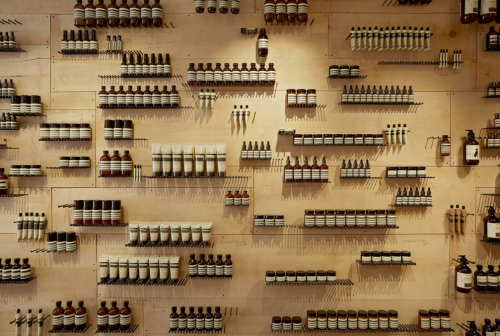
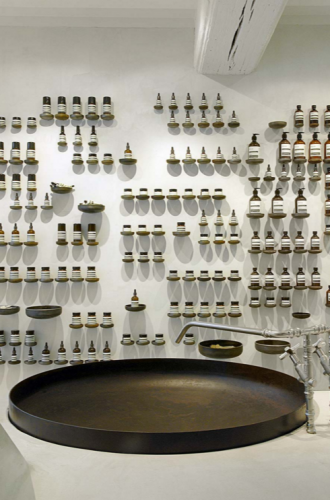
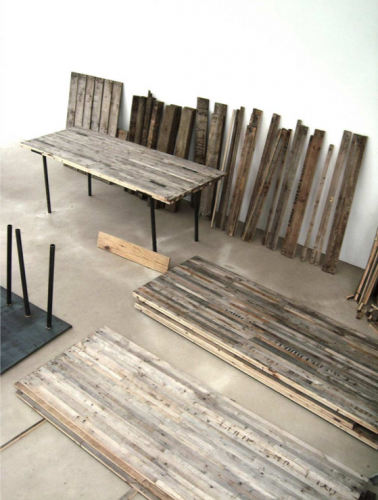
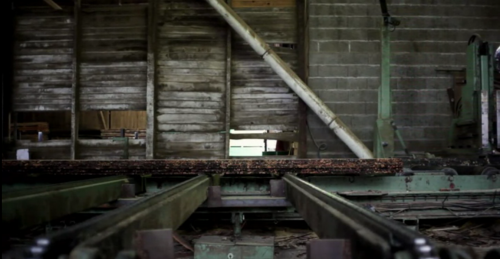
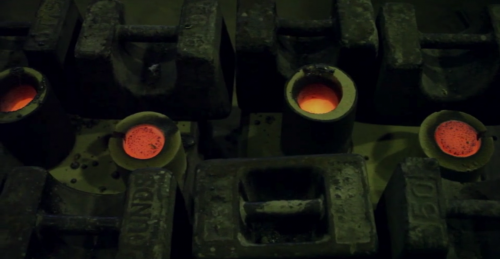
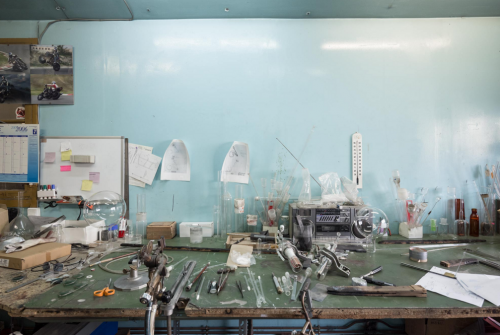
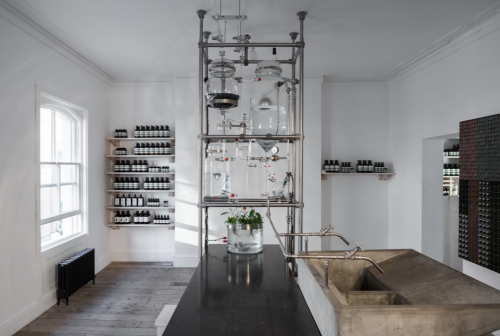
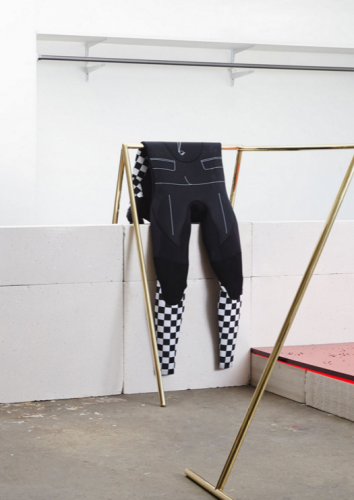
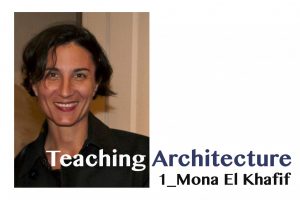
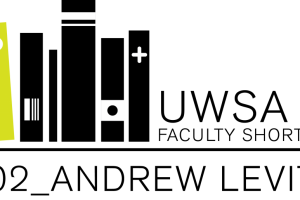
Leave a Reply